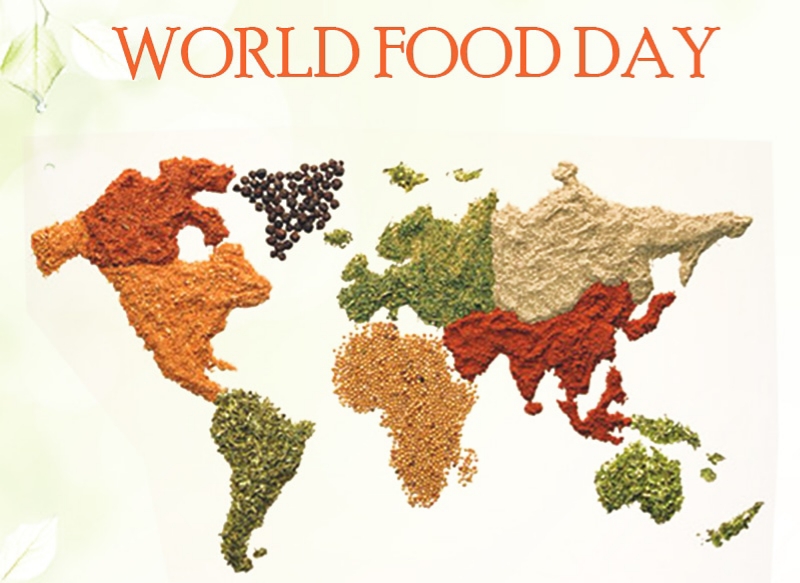Today October 16 is the World Food day — Zero Hunger World is possible by 2030 — is an opportunity for all of us to come together and take action against hunger, and malnutrition. Let’s renew our pledge to eradicate food shortage, wastage and malnutrition which is unfortunately prevalent in so many developing and underdeveloped countries especially in Asia and Africa.
The world food day was adopted by the UN general assembly to celebrate the creation of the Food and Agriculture Organization (FAO). 150 countries around the world observe this day to generate more awareness about people suffering from hunger and to encourage actions to ensure food security for all.
The 10 facts about food and nutrition across the world:
1. Approximately 1/3 rd of all food produced worldwide, about $ 1 trillion dollars around the world is wasted.
2. According to a joint report by the World Health Organization (WHO), the World Bank and the UNICEF the wasting prevalence in 2017 was estimated at almost 8 percent across the globe.
3. One in eight people in the world today are undernourished while 1.9 billion people in the world are overweight.
4. Though India is gifted with enough agricultural lands and resources and also produces enough food, yet the food does not reach so many hungry women and children in the rural villages and remote corners of India. India ranks 100th among 119 countries in the Global Hunger Index (GHI) 2017, and it has been consistently ranked very poorly.
5. As per United Nations 820 million people suffer from hunger and 155 million children are chronically malnourished.
6. In Asia around two-thirds of the people are hungry and two billion people from all parts of the world are suffering from malnutrition.
7. In every five seconds a child dies due to a hunger-related disease.
8. According to UNICEF approximately 3.1 million children die from undernutrition each year.
9. According to the Global Hunger Index (GHI), 52 countries are suffering from serious or alarming levels of hunger.
10. By 2050 the climate change and erratic weather patterns may push another 24 million
into hunger since agriculture is directly related to climate change.
